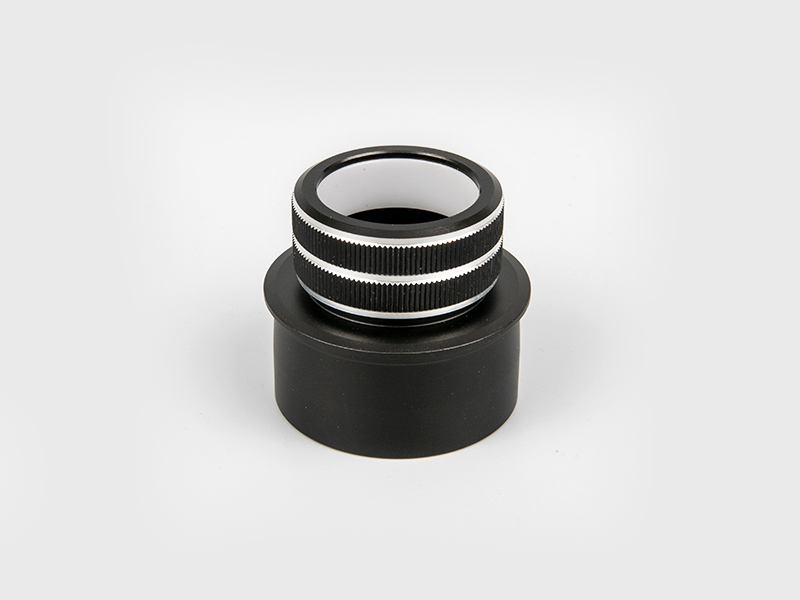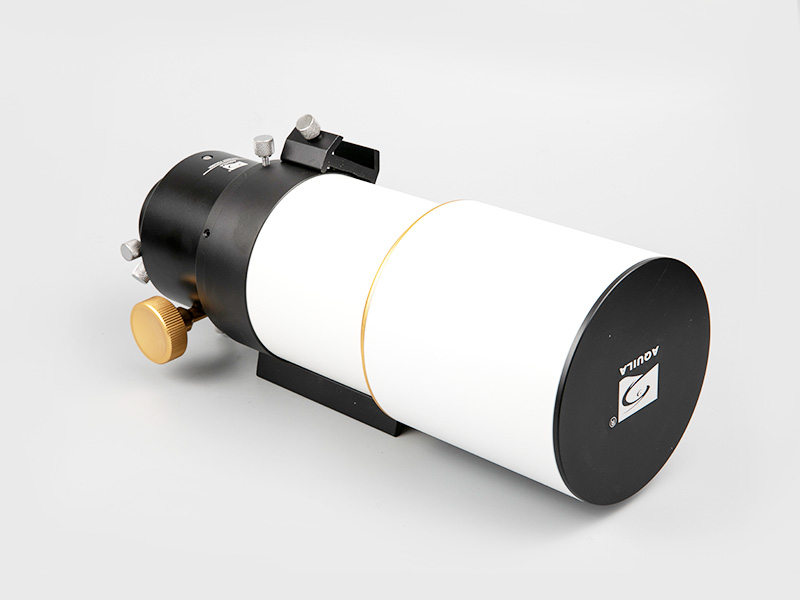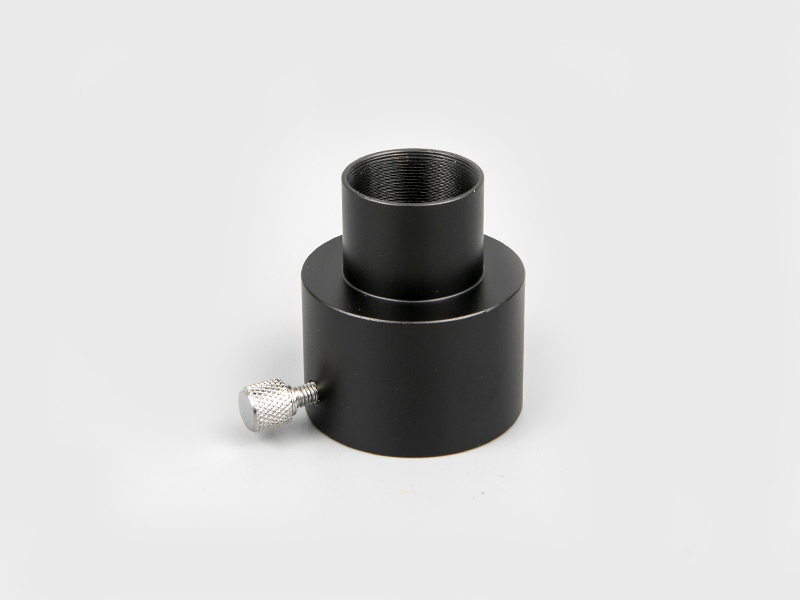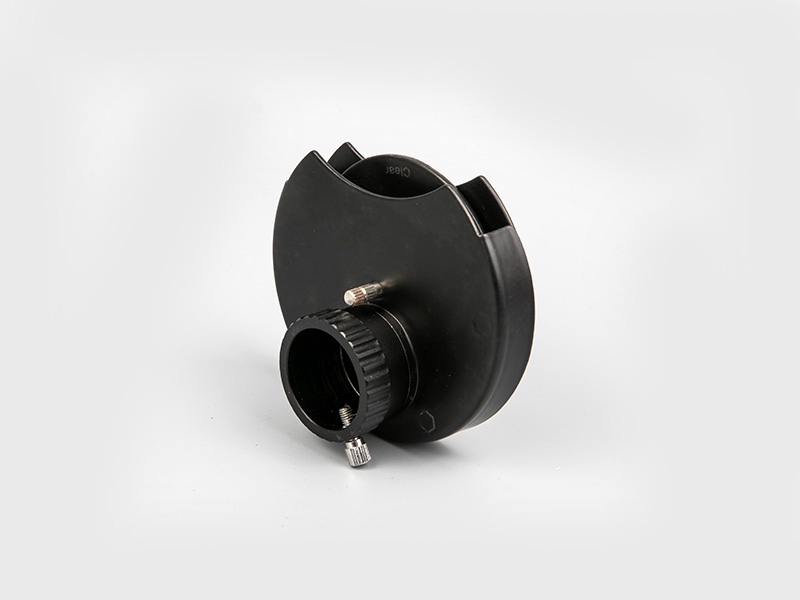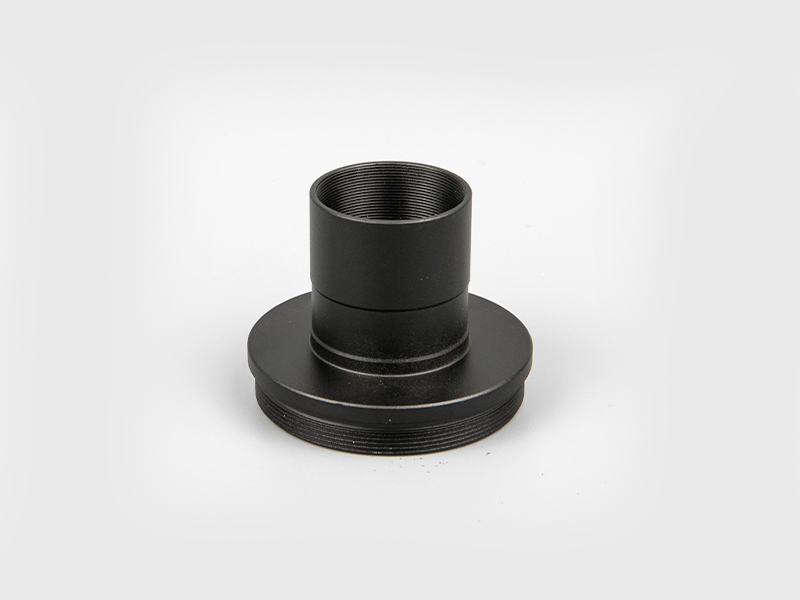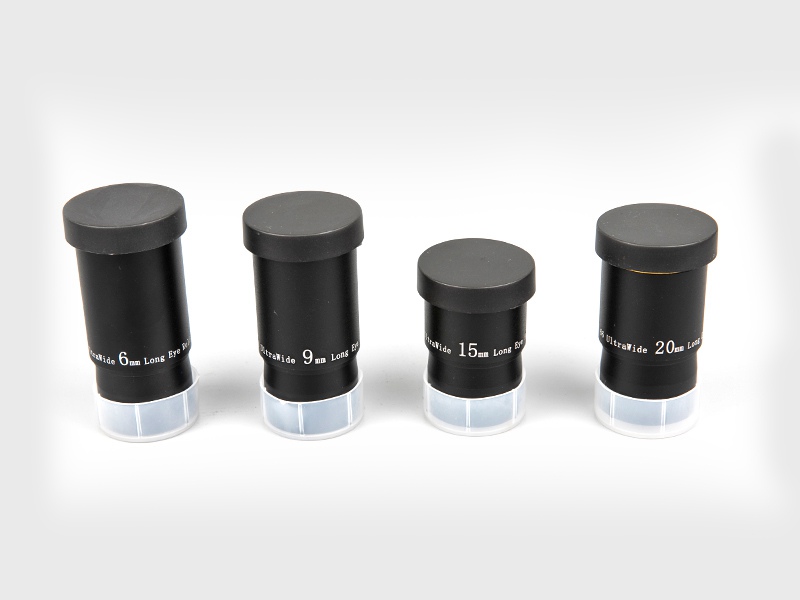Everyone knows that there is a problem of shaking when holding a telescope. Shaking has two consequences. One is dizziness and discomfort when looking at it. The other is blurred vision and reduced resolution, resulting in "high magnification and low magnification. "The embarrassment. The research is based on the jitter resolution index, which is more comparable and quantifiable. So how to avoid the shaking of the handheld telescope? So now I will briefly elaborate based on my own experience.
Hold the telescope to avoid shaking
Everyone knows that there is a problem of shaking when holding a telescope. Shaking has two consequences. One is dizziness and discomfort when looking at it. The other is blurred vision and reduced resolution, resulting in "high magnification and low magnification. "The embarrassment. The research is based on the jitter resolution index, which is more comparable and quantifiable. So how to avoid the shaking of the handheld telescope? So now I will briefly elaborate based on my own experience.
Everyone knows that there is a problem of shaking when holding a telescope. Shaking has two consequences. One is dizziness and discomfort when looking at it. The other is blurred vision and reduced resolution, resulting in "high magnification and low magnification. "The embarrassment. The research is based on the jitter resolution index, which is more comparable and quantifiable. So how to avoid the shaking of the handheld telescope? Let me briefly explain it based on my own experience. Some people say that although the high magnification hand is shaking, the shelf is too low, but how many people will go out with a tripod if the mirror is less than 16 times. Some people say that finding a fulcrum will bring out the power of high power. Although it is troublesome to go out to play in the mirror and find a fulcrum everywhere, it is more reliable than carrying a shelf. The content of this question is how to hold it and how to use the fulcrum to improve the stability of the mirror.
Just write some conclusive things here. Leave the specific evaluation in the evaluation post, otherwise it will be uncomfortable to look at any post that is too long. Personal experience of trying the mirror is not so accurate. Hand-held stability mainly considers two factors, the space point-line distance between the line of two hand-held points and the center of gravity of the mirror, and the effective distance between the two hand-held points. The effective distance is restricted by the hand-held points closer to the center of gravity. A more reasonable holding position is to hold the two-point line almost passing through the center of gravity of the mirror, and the distance between the two sides to the center of gravity is equivalent, and at the same time it should be comfortable to hold and be able to adjust the focus. Some large depth-of-field mirrors do not require high focusing accuracy, and do not need to be moved once after a good adjustment. There is no need to consider the requirements of the handheld position to be able to adjust the focus, and you can more freely choose a stable handheld method. Someone suggested that the stability of the hand-held can be improved by adding auxiliary facilities. At this time, it is necessary to pay attention to increasing the distance between the two points of the hand. Should consider the center of gravity of auxiliary facilities and mirrors), but also consider the comfort of posture. When using a fixed support, the shape of the support can be used, but this situation is not universal. Here we discuss the way of using a single-point fixed support instead of a hand-held point and the other hand assisted. The requirement is similar to that of a pure handheld, but since the supporting point does not shake, the distance from the holding point to the center of gravity can be greater than the supporting point (it's a big deal, the hand is so long, it will be uncomfortable and shake more when straightened), and still be able to support the point The entire distance to the hand-held point is the effective distance, and comfort and focusing must also be considered. You can absorb some tips based on your own experience.
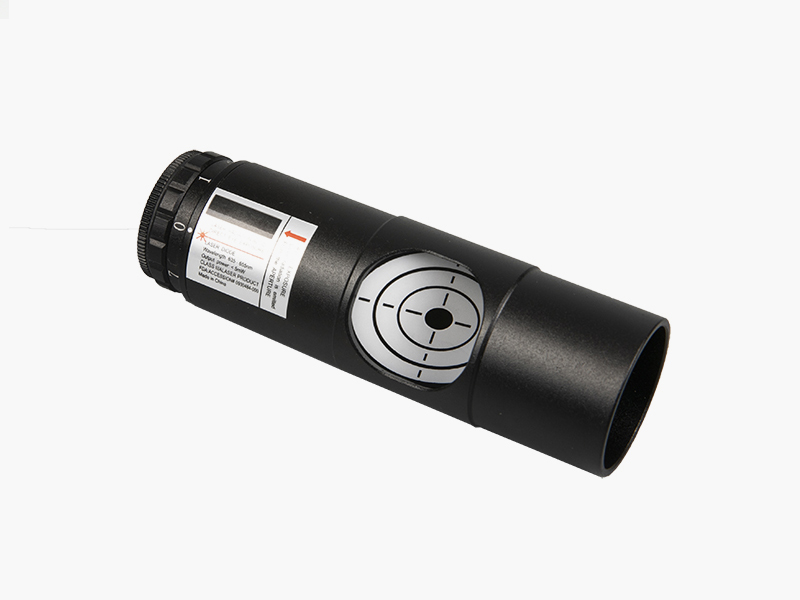

 English
English 日本語
日本語 Deutsche
Deutsche España
España
